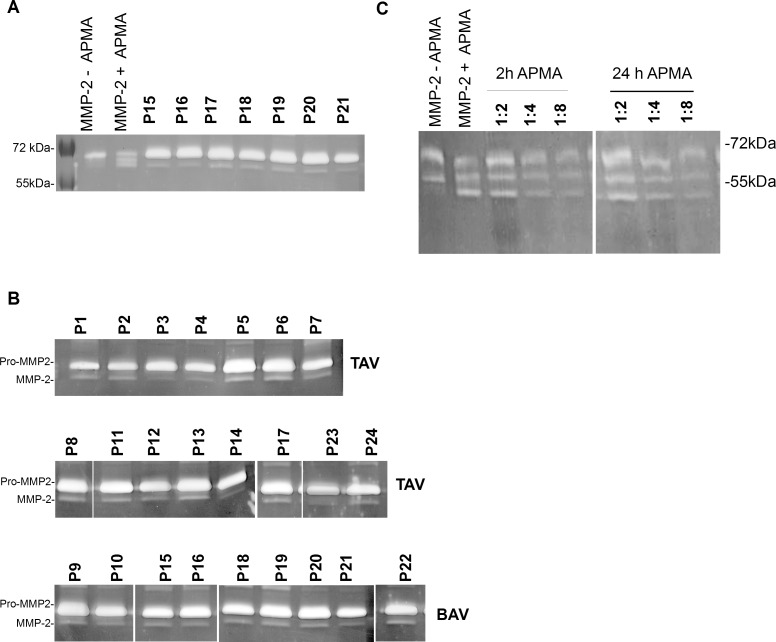Fig 5. Representative zymograms showing gelatinolytic activity in protein extracts gained from aortic tissue of patients with ascending aortic/aortic root aneurysm.
Protein extracts from patients with ascending aortic/aortic root aneurysms were analyzed for existence of different MMP-2 isoforms. Lane 1: Human full length MMP-2 as delivered. Lane 2: Human full length MMP-2 was activated with 2 mM APMA for 2 hours at 37°C prior to electrophoresis. Asterisk indicates 67 kDa intermediate MMP-2 isoform. A. 7 representative of 24 analyzed samples are shown. Signals corresponding to pro-MMP-2 were detected in every sample. Signals relatable to the active 65kDa MMP-2 were detected in all samples as well (see also S1 Fig). B. pro- and active MMP-2 in patients with bicuspid and tricuspid aortic valves. 15 of the analyzed samples were taken from patients with triicuspid aortic valves and 9 of the samples were from patients with bicuspid aortic valves. In both groups, gelatinolytic activities for either pro-MMP-2 and active MMP-2 were detectable. C. Activation of aortic tissue MMP-2. To test if tissue MMP-2 can be activated similar to the human full length MMP-2 used as a standard, protein extracts were incubated with 2mM APMA for either 2 or 24 hours. Different final dilutions of protein extracts were analyzed as indicated. Aortic tissue MMP-2 was split into three fragments similar to the human full length MMP-2. Extending APMA incubation time did not change the band pattern obtained after activation.

